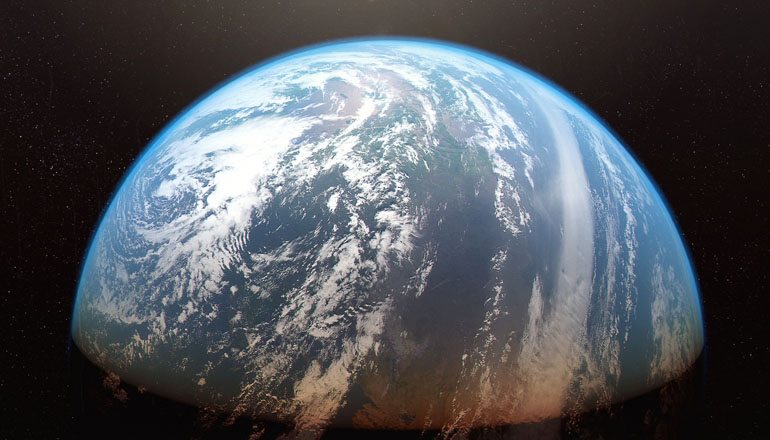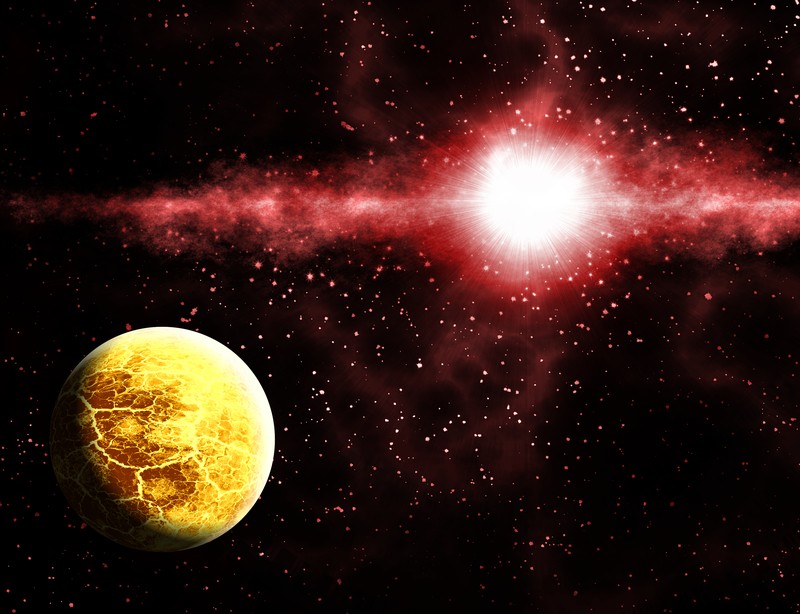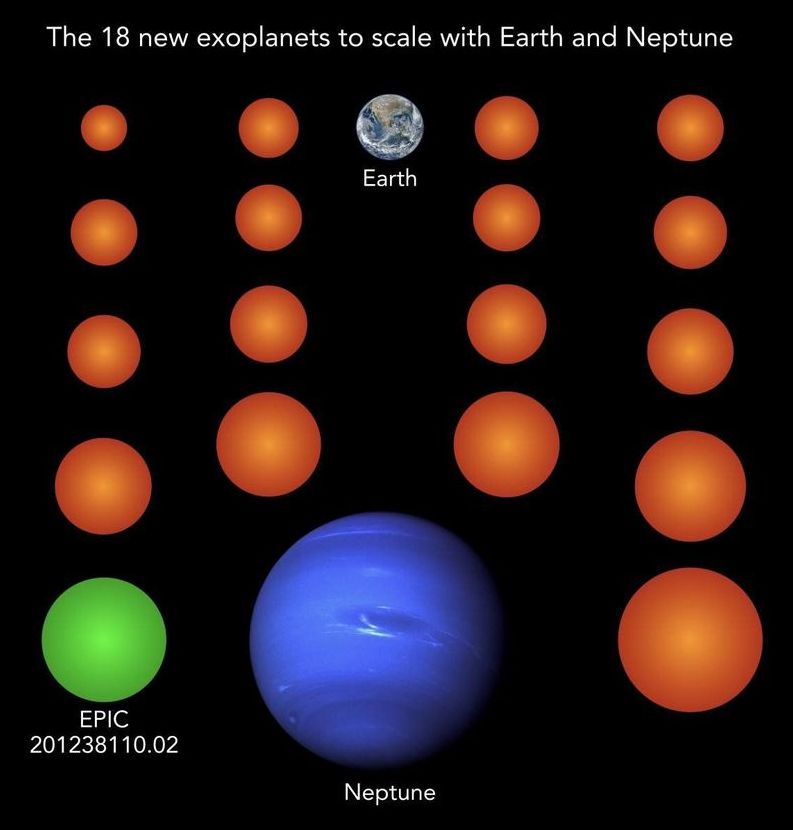
Like Mercury, Venus, Earth, Mars, Jupiter, Saturn, Uranus and Neptune in our own solar system … they are all different and all fascinating worlds. So far, through much effort, scientists have now confirmed the existence of 5,000 of them. There must be billions of distant planets in our Milky Way galaxy. It was a big day for astronomers who search for exoplanets, or worlds orbiting distant stars.

NASA/ JPL originally published this post on March 21, 2022. NASA has just confirmed new discoveries that now total 5000 exoplanets and counting. Scientists discovered the 1st exoplanets in the 1990s. Astronomers look back at the 5,000 known exoplanets in the video below.What do planets outside our solar system – exoplanets – look like? This illustration shows a variety of possibilities. The research has been accepted for publication in the Astronomical Journal. Upcoming missions, like the Nancy Grace Roman Space Telescope, will contribute to the search, while the recently launched James Webb Space Telescope will help astronomers characterize known planets in more detail. “If you extrapolate from the little bubble around us, that means there are many more planets in our galaxy we haven't found yet, as many as 100 billion to 200 billion. “Of the 5,000 exoplanets known, 4,900 are located within a few thousand light-years of us,” said Jessie Christiansen, science lead of the NASA Exoplanet Archive. Most of the planets discovered so far are close by, cosmically speaking, which hints at an unfathomable amount of worlds still out there. That was followed by TESS in 2018, which is still busy hunting.Īnd we’ve barely begun to scratch the surface. Since the very first exoplanet was discovered in 1992, the rate of discovery picked up speed with the launch of the Kepler Space Telescope in 2009, which is responsible for more than two thirds of confirmed exoplanets.

Smaller terrestrial planets, like Earth and Mars, only make up a tiny fraction of exoplanets discovered so far. The 5,000-plus discovered so far can be divided into rough thirds comprising gas giants like Jupiter and Saturn, ice giants like Neptune and Uranus, and rocky Super-Earths, of which there aren’t any examples in our solar system. That’s a similar breakdown to the entire exoplanet catalog.


Most of the other newcomers are Super-Earths and mini-Neptunes, as well as a few Jupiter-sized worlds. Among them is a new system of five small planets orbiting a red dwarf star called K2-384, in a similar fashion to the famous TRAPPIST-1 system. The milestone was crossed this week after a new batch of 65 exoplanets was confirmed from candidate signals in data from the second mission of the Kepler Space Telescope, K2, bringing the total discovered so far to 5,005. Astronomers report the discovery of the 5,000th exoplanet – with potentially hundreds of billions left to find. The hunt for planets beyond our solar system has now reached a major milestone.


 0 kommentar(er)
0 kommentar(er)
